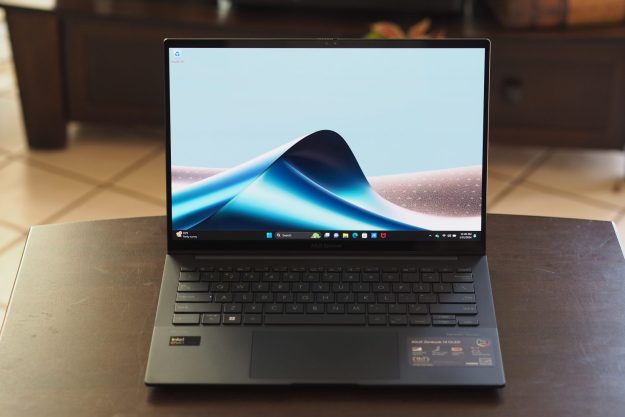
Solid state drives (SSDs) have greatly increased the efficiency of laptops and hybrids since they’ve been introduced. By doing away with the moving parts found in mechanical drives, thereby increasing read/write access and throughput, SSDs improve speed, boot-up, and wake-up times as well.
However, SSDs run on SATA III connections, and today’s computing devices have already begun to bump up against that specification’s 6Gbps bandwidth ceiling. It’s time for something faster. That comes in the form of SATA Express, which is the next generation SATA interface.
SATA Express, which theoretically supports bandwidth up to 2GBps, essentially doubles throughput of SATA III—after the hit caused by overhead and cabling, that is. Twice the bandwidth is, of course, the next logical increment, but we’ve pushed the SATA interface to its limit. Hence, the Serial ATA International Organization (SATA-IO) was hard pressed to come up with something faster. And that’s just what it has done.
A combination of standards
By combining Serial ATA and Peripheral Connect Interface Express, or PCI Express, thereby increasing the number of lanes for transferring data, SATA Express uses a new standard known as PCIe. According to SATA-IO, SATA Express is “pure PCIe.” PCIe is capable of aggregating multiple individual data lanes to form a single link.
The standard supports x1, x2, x4, x8, x12, x16, and x32 lane configurations. With SATA Express SSDs, two lanes are combined, making it capable of transmitting two bytes at a time, thereby doubling the link’s bandwidth.
While SATA drives use an AHIC interface, which is designed for use with spinning media, SATA Express can use either AHIC or NVM Express, which is made for working specifically with non-volatile memory. This allows for lower latency, and improved random read/write performance.
Granted, all this will require new connectors and cables, chipsets, and motherboards, but the new SATA Express standard is backwards compatible with SATA II and SATA III. In addition, Windows 8.1 already contains native drivers for both AHIC and NVM Express.
In addition, the drives themselves, as well as the Intel motherboards that are capable of using them, are already in production. This means that it won’t be long at all before we see this new specification in upcoming PCs, tablets, and hybrids.
The first SATA Express drive
As for the drives themselves, they look like standard 2.5-inchers. If the first one, Asustek’s Hyper Express Drive, is any indication, they’ll actually consist of two standard mSATA SSDs striped in a RAID 0 array with two Gen2 PCIe lanes and two 6Gbps SATA ports. In addition to the dual lanes, the RAID striping also helps to increase the drive’s overall speed.
Intel’s soon-to-come Series 9 chipset will have native SATA Express support. As usual, the storage device is the biggest bottleneck on computing devices. However, the good news is that SATA Express goes a long way toward alleviating it. Therefore, with SATA Express devices soon to come in droves, faster PCs and other computing devices are on the horizon.


